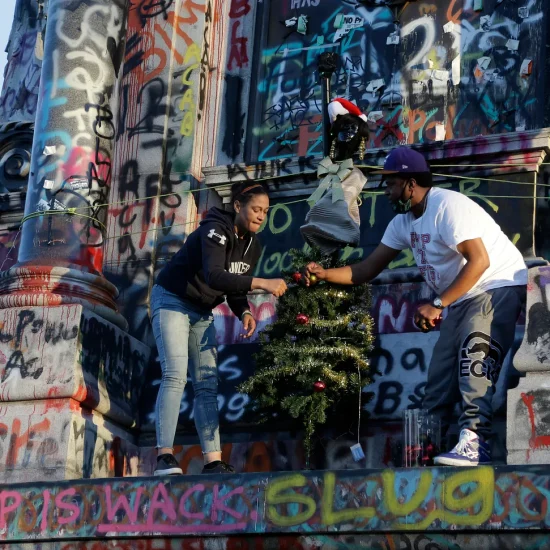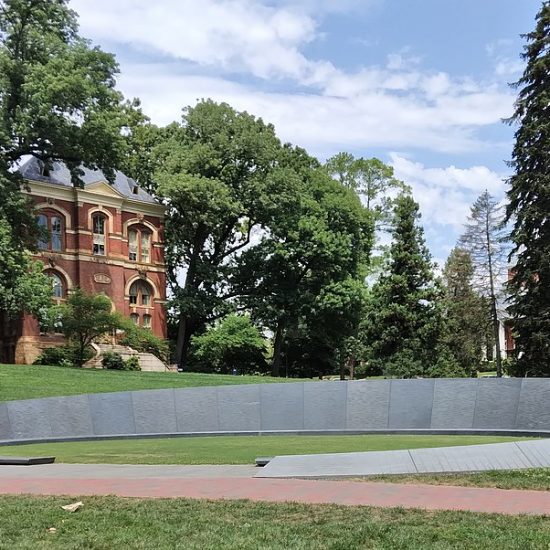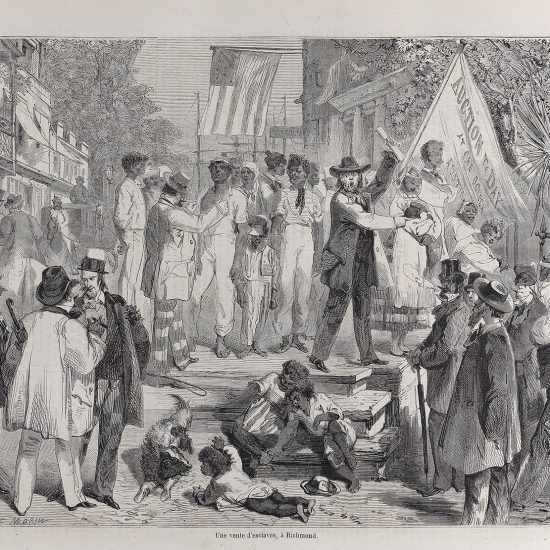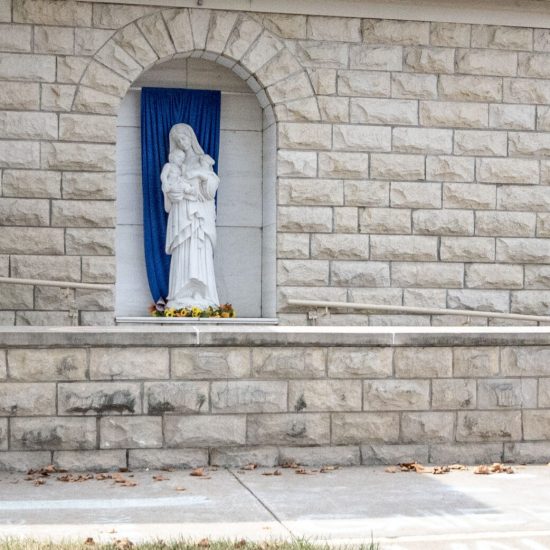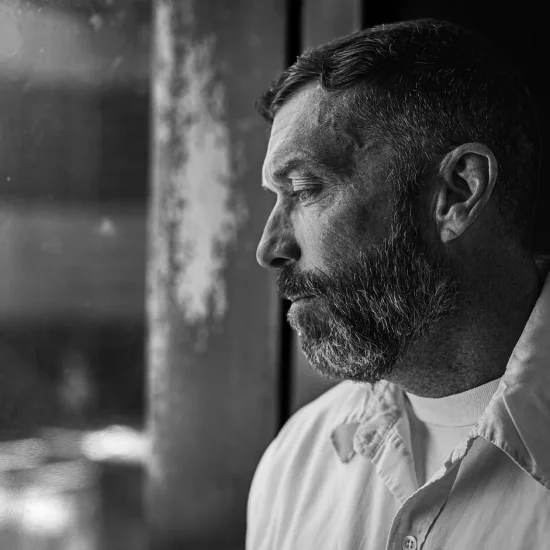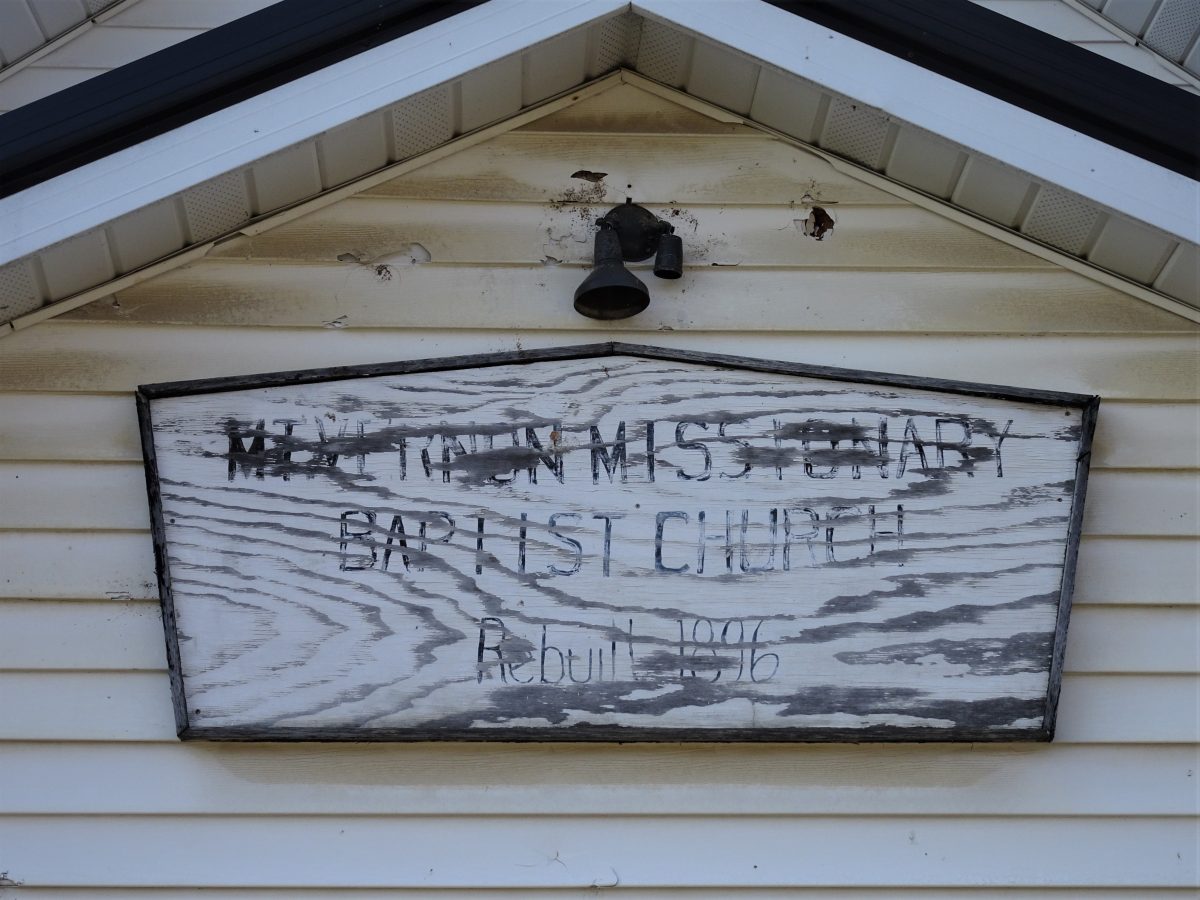
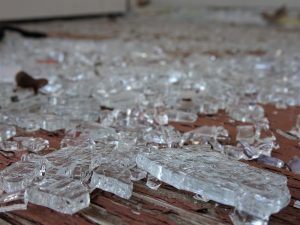
On Nov. 25, the day before Thanksgiving, vandals attacked Mount Vernon Missionary Baptist Church, a historic Black Baptist church in rural Callaway County, Missouri. The damage, which included the shattering of many windows, sparked headlines across the country after decades of the church suffering in silence through frequent, although smaller, attacks. (Brian Kaylor/Word&Way)
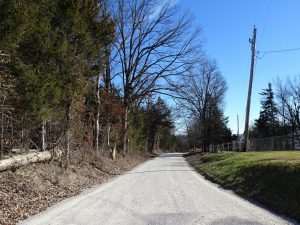
The church sits in rural Callaway County, part of the formerly slavery-heavy region of Missouri called “Little Dixie.” Prior to the Civil War, Callaway boasted one of the highest counts of enslaved persons in the state, with enslaved Blacks comprising just over 30% of the county’s entire population in 1860. The county celebrated its bicentennial on Nov. 25, the very day of the attack on Mount Vernon. (Brian Kaylor/Word&Way)
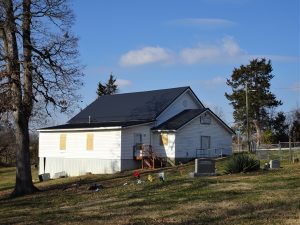
During the decades of racial terror in the late 18th century and early 19th century, the four lynchings of Blacks in Callaway County put it among the worst counties in the state. Still, Mount Vernon persevered. The generations who went before are buried nearby, including unmarked graves of enslaved persons and Black soldiers who fought in the Civil War. Although the older of the congregation’s two buildings was rebuilt in 1896, the foundation was construction by enslaved persons before the Civil War. (Brian Kaylor/Word&Way)
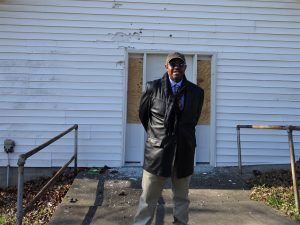
Gordon Coleman in front of the old Mount Vernon building, on Sunday, Dec. 6, 2020. His father pastored the church for a while when he was a child. Today, he serves as pastor and feels the call to keep it going: “We inherited something. For us to turn tail and run is not good. It shows that our belief is not really intact when we say we don’t have the spirit of fear, we have spirit of love and power. And love is the power.” (Brian Kaylor/Word&Way)
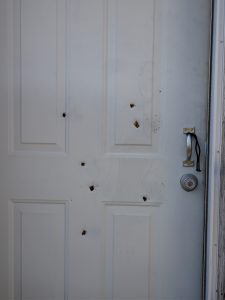
Bullet holes punctured a door of the church building. This is not an unusual sight for the church. (Brian Kaylor/Word&Way)

Over the previous two months, the church got shot five or six times, and they had replaced the door. (Brian Kaylor/Word&Way)
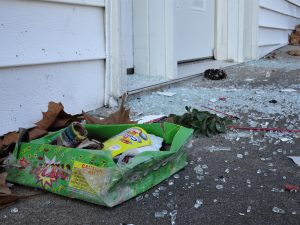
The vandals shot off fireworks inside and outside the building, leaving the remains behind. On Dec. 3, the Callaway County Sheriff’s Department announced it arrested four male juveniles ranging in age from 14 to 16 for the Nov. 25 vandalism. Although officials continue to investigate the most recent incident, Coleman noted even before the arrests that such attacks on Mount Vernon go beyond this incident from generation to generation. (Brian Kaylor/Word&Way)
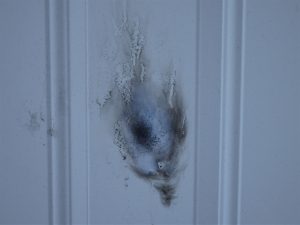
Fire marks stain a door. This building has been vandalized so frequently over the past few decades that the congregation has been unable to purchase insurance for it. Coleman said, “For a place to be vandalized that much and nothing really done to stop it, it’s amazing that we live in a time where instead of trying to do things to head it off, to stop it, we kind of put our head in the sand, say, ‘Well, it don’t exist, that don’t happen anymore.’ But those it happens to, we really don’t have outlets to go to and say, ‘Hey, can we get some help to secure our premises.’” (Brian Kaylor/Word&Way)

The vandals knocked out the windows, tore up drywall inside, and overturned pews and the pulpit. But Coleman says the church forgives them: “I want to make sure that they understand we don’t hold grudges. We forgive them, because we all have the capacity of destruction. The Bible says all have sinned; we have the capacity. And so, we thank God we have God’s Spirit to keep us from that, because sometimes we’re not able to make the right decisions.” (Brian Kaylor/Word&Way)
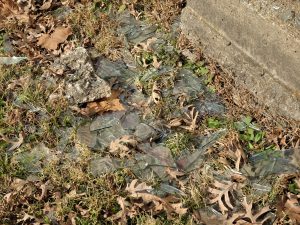
Shards of glass mix with leaves outside the building. This pile came from a window after someone threw one of the church’s folding chairs through the pane from inside. Coleman noted they’ve covered the cost of past damage themselves, but this round is not only more expensive but it also comes amid financial difficulties caused by the coronavirus pandemic. (Brian Kaylor/Word&Way)
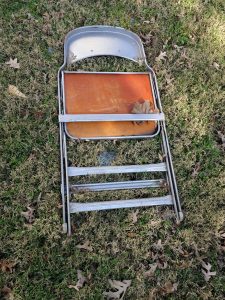
A folding chair near the church, with pieces of a window scattered around it. (Brian Kaylor/Word&Way)
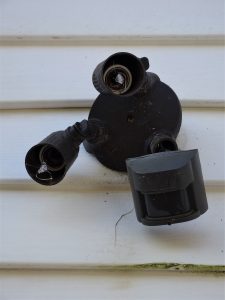
Motion-sensored light fixture, with the bulbs knocked out. (Brian Kaylor/Word&Way)
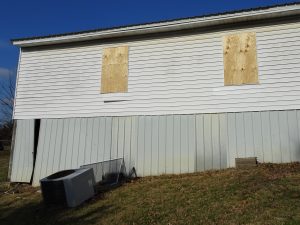
Boards mark where windows use to stand, while the heating and cooling unit remains toppled from the vandalism. Yet, as Coleman stood by the unit talking about Job, he noted the blessing he receives as churches and individuals donate and offer support: “We thank God that we’re being assisted wholeheartedly by the community, by churches. … It’s encouraging.” (Brian Kaylor/Word&Way)
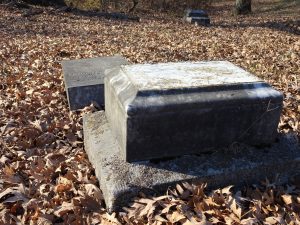
Between the church’s two buildings sits the Mount Vernon cemetery. During earlier acts of vandalism, someone toppled many of the older headstones. Walking past these former church leaders, Coleman said it is fitting the cemetery is between the historic building and the current one: “It’s symbolic that they look to us to keep this thing going. And I count it a privilege and honor to even be the pastor.” (Brian Kaylor/Word&Way)
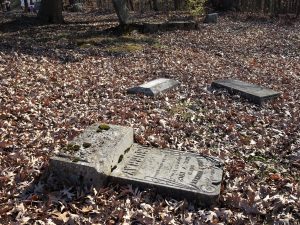
As he reflected on leading this historic church during this time, Coleman said, “I’m glad to be a part of it. I can’t embellish and say I’m ready. All I can say is I pray daily that God would make me ready. And he’s doing a very good work in me because I’m getting to the point where I don’t get angry. I just try to understand, by looking at others, what can we do to help them be better? And the world’s got to come to that conclusion.” (Brian Kaylor/Word&Way)
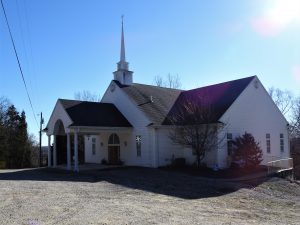
The congregation’s newer building also suffered some damage in the Nov. 25 vandalism. Before the coronavirus pandemic, the congregation worshiped in this building just across the cemetery from the historic structure. However, since March the church has held virtual services to preserve the health of congregants, especially as the Black community disproportionately feels the impact of COVID-19. (Brian Kaylor/Word&Way)
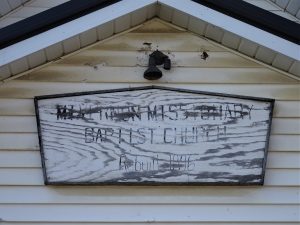
But this church already survived worse than 2020, as the sign above the historic building silently testifies. The church still exists despite slavery, the Civil War, decades of racial terror lynchings, and the 1918 pandemic. As Coleman said, “They lived through it, they made it. They were resilient through the Spirit of God. And that’s what they’re saying in this time is look at us. We can do this. You can do this as a country, as a people, as churches. You can do this.” (Brian Kaylor/Word&Way)
Hear more from Gordon Coleman in the latest episode of the Word&Way podcast “Baptist Without An Adjective.” For anyone who would like to help Mount Vernon repair the damage: give to the “building fund” at tithe.ly/give?c=1904613 or send a check to Mount Vernon Missionary Baptist Church, PO Box 116, Holts Summit, MO 65043 (with “building fund” in memo).

